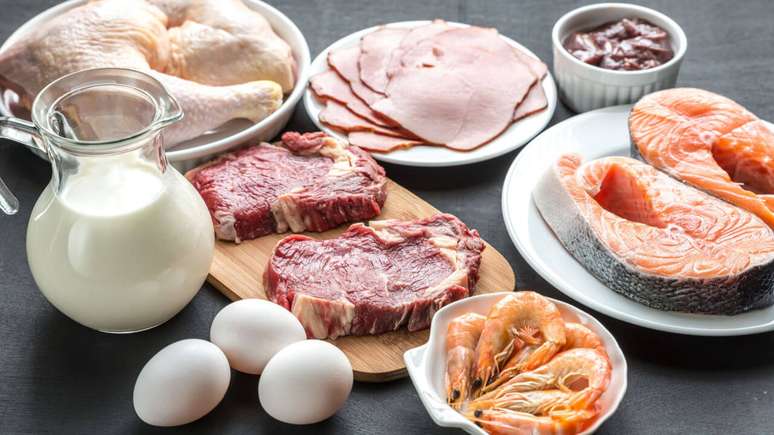An adjustment to the meal plan is always accepted to achieve goals
It doesn’t matter how good your training is, that is, when it comes to hypertrophy, any type of increase is always worthwhile to reach the level of excellence. The question then arises: how many grams of protein are needed for a hypertrophic diet?
html[data-range=”xlarge”] figure image img.img-069aa87d0eda08651933b18536e825eciltyaspi { width: 774px; height: 435px; }HTML[data-range=”large”] figure image img.img-069aa87d0eda08651933b18536e825eciltyaspi { width: 548px; height: 308px; }HTML[data-range=”small”] figure image img.img-069aa87d0eda08651933b18536e825eciltyaspi, html[data-range=”medium”] figure image img.img-069aa87d0eda08651933b18536e825eciltyaspi { width: 564px; height: 317px; }HTML[data-range=”small”] .article__image-embed, html[data-range=”medium”] .article__image-embed {width: 564px; margin: auto 0 30px; }
revelations
The International Society of Sports Nutrition advises that the daily protein intake depends on each person’s lifestyle, type of exercise and weight. Those who exercise regularly should ingest between 1.4 and 2.0 g/kg/day of protein.
Resistance exercisers should ingest levels at the lower end of this range, those doing intermittent work, which is mixed high and low intensity exercise, such as soccer and volleyball, need levels in the middle of this range.
Those performing strength/power exercises (bodybuilding) should ingest levels at the higher end of this range. The recommendation for people who are not physically active is around 1 g/kg/day of protein and meets the needs of adult men and women.
“Protein consumption combined with a strength (bodybuilding) exercise program helps prevent sarcopenia, but it is also linked to unbalanced weight loss diets, low in protein and not supported by exercise,” he explains. physician and member of the Herbalife Nutritional Affairs Council Nataniel Viuniski.
Summary
A sedentary person should ingest 1 g of protein per kilogram. So, if a subject weighs 60 kg, just multiply 1 x 60. To know that the total amount of protein to be ingested is about 60 grams per day.
In addition to adapting the amount of protein in meals, it is interesting that the consumption of nutrients is spread over the day. Thus, the body makes better use of the supply of nutrients offered.
“Protein supplements, such as whey protein, protein bars and shakes, are interesting. And, moreover, very practical to contribute to an adequate nutrient intake,” concludes Nataniel.
Learn more about the different types of whey protein in the video:
Consume 25g in main meals and 10g in snacks to measure the amount of protein. Read the nutritional table of foods. Weigh the cooked protein a few times to familiarize yourself with the amount in your usual serving sizes, and use an app for daily tracking.
Source: Terra
Ben Stock is a lifestyle journalist and author at Gossipify. He writes about topics such as health, wellness, travel, food and home decor. He provides practical advice and inspiration to improve well-being, keeps readers up to date with latest lifestyle news and trends, known for his engaging writing style, in-depth analysis and unique perspectives.







![UN Grand Soley: On Thursday, October 9, October 9, 2025, Summary of the Episode [SPOILERS] UN Grand Soley: On Thursday, October 9, October 9, 2025, Summary of the Episode [SPOILERS]](https://fr.web.img5.acsta.net/img/94/56/945630c3eff9a1299c998849d151a5e5.jpg)
